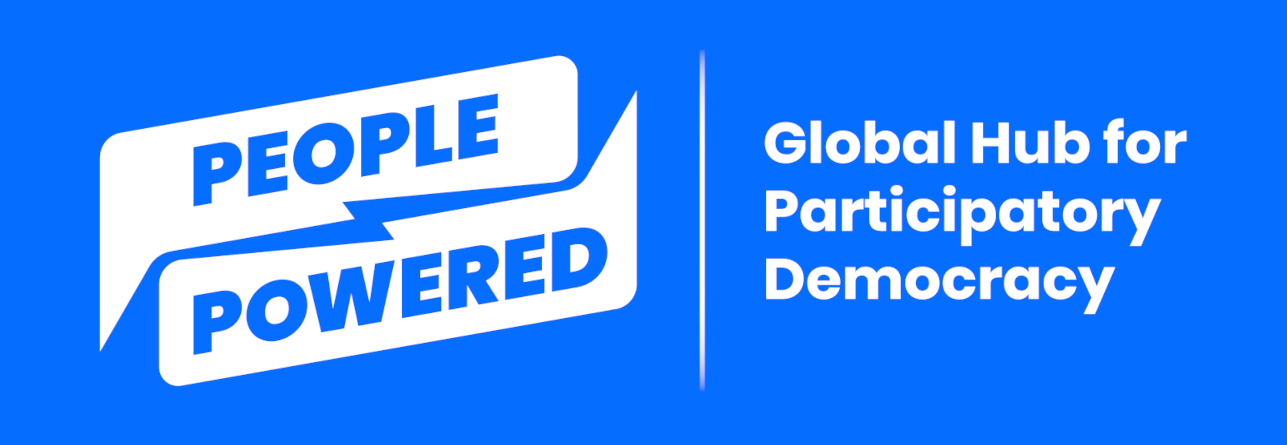Look for sustainability
/Look for sustainability
Like everything else, digital participation platforms come and go over the years. Nonprofit platforms might not be able to maintain their funding, for-profit platforms might be acquired and pivot into other uses, and government-backed platforms might be affected by a change in political leadership that undermines support. Choose a platform that is likely to be sustained and updated for as long as you'll use it. While there's no way to guarantee longevity, here are some signs to look for:
Has the platform been around for a while?
Check out the year the platform was created in the comparison matrix we’ve provided. You also can search on the internet for reviews by users and third-party websites.Is the platform still active?
Most of all, you want to determine if other institutions are actively using the platform. You can also look at how long it's been since the platform’s operating team posted updates to social media, their blog, the platform's “changelog,” or code repository (if it's an open source project). Updates to the platform's underlying software code are especially important, since these are needed to patch the inevitable security risks and keep the platform functional on new generations of devices.Does the group running the project have ongoing financial or institutional support?
This information isn't always public, but you can look for major grants from foundations, a healthy community of software developers, or a significant number of paying customers.
One benefit of selecting an open source platform, if you have the technical ability to maintain it, is that you can continue operating and even improving the code even if the original developers stop contributing to the project.
Sustaining your participation program is an additional challenge to consider, given the long-term nature of cultural change. Many of the teams we interviewed reported difficulty sustaining their projects, especially (but not only) when they also had the responsibility of software development. In China, the Social Equity and Participation Center developed and maintained a participatory budgeting platform over years of hard work. In contrast, Ciudadanía Inteligente (South America) found that despite interest in its platform from local councils, the team couldn't achieve sustainability. Many of our interviewees mentioned the difficulties of qualifying for government tech budgets due to procurement regulations.
If you're thinking about building your own digital participation platform, re-consider how long you'll realistically be able to sustain it. Many civic tech groups that handed off their platforms to the government report dissatisfaction with the experience. Read the section titled, “Why not build our own platform?”, in the appendix for information.
Next: Setting up a Digital Participation Platform
Previous: Protect data privacy



